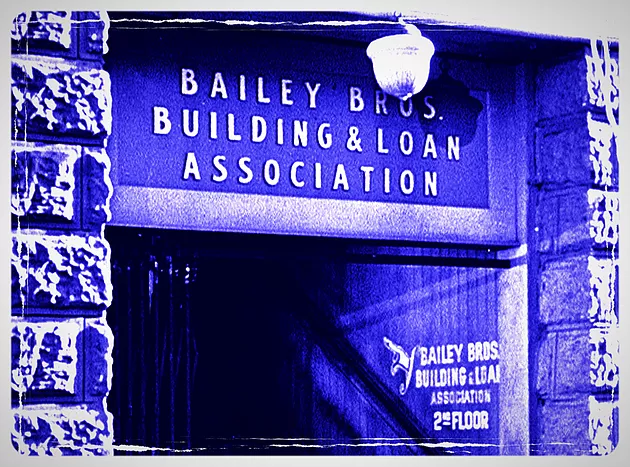So the question is, ‘should I choose the adjustable or the fixed-rate loan?’ The adjustable rates probably look very reasonable – on one side anyway, and then, on the other hand, we have the fixed-rate, which may seem significantly higher, but makes us feel more comfortable about the future. According to most sources, the majority of mortgage customers prefer fixed-rate loans, and this is because, with the fixed-rate loans, the rate always stays the same every month, and therefore, no surprises. Many people also find that the fixed-rate loan itself is more straightforward and easier to understand. Alternatively, ARM rates feature some very low rates to start with, which normally rise or fall during the term of the loan. This adjustment can be either positive or negative for ARM customers since rates could fall to much lower, very reasonable levels, or they could also see their rates skyrocket up to 11% or even 12%.
How Mortgage Interest Rates Affect Payments
At the start of a new mortgage, you will be given a Closing Disclosure that will describe the important information about your loan, and you should receive it three days before signing the mortgage. During this time, you can take the opportunity to go over the terms of the mortgage and make sure everything is in order. To understand how mortgage rates affect payments you’ll want to take a look at the interest rate information, which is located in the Loan Estimate section, and lists the: Loan Amount, Interest Rate, and Monthly Principal & Interest. There are quite a few online sites that you can use to check the current interest rates and compare them with other lenders.
It’s worth it to learn about the different versions of each type of mortgage there are. The 7/1 ARM, for example, is a different kind of adjustable-rate loan, (and there’s a few different versions of the 7/1), that offer a fixed rate for seven years, and then following that period, either the Index, Margin or lifetime cap of the loan will be adjusted.
